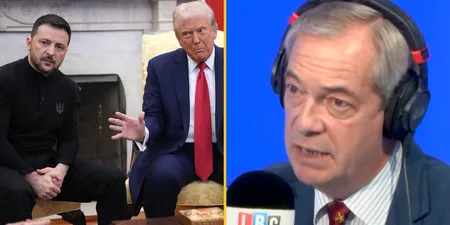It wasn’t meant to be like this.
When Theresa May called a snap election, she was hoping, and expecting, to lead the Conservative Party to a vast majority. Jeremy Corbyn was expected to preside over the Labour Party’s worst results in a generation.
Things haven’t worked out like that.
As it currently stands, the Tories have lost 12 seats in the general election, and Labour have gained 31 seats. Neither party have gained the 326 seats required to form a majority.
With five seats still to declare, the Tories have 314 seats, Labour have 261, the Scottish National Party have 34 and the Liberal Democrats have 12 seats. UKIP have lost their only seat.
Life comes at you fast pic.twitter.com/BjxFvlTyrN
— Nooruddean (@BeardedGenius) June 9, 2017
Britain has been left with a hung parliament, meaning that no party has won enough seats to have a majority in the House of Commons.
So, what happens now?
The leader of the party with the most seats – the Conservatives – have the opportunity to try and form a government. This government will be either a coalition with other parties – with the Democratic Unionist Party, and their 10 seats, the most likely ally for the Tories at this point.
Or, in a less formal option, smaller parties can support the party with the most seats on their major legislation, like the Queen’s Speech and the budget, but take no formal part in the new government.
However, either way, it is difficult to see how May can continue as Tory leader and Prime Minister for much longer.
If I lose just six seats I will lose this election and Jeremy Corbyn will be sitting down to negotiate with Europe: https://t.co/OwbfDseOJh
— Theresa May (@theresa_may) May 20, 2017
If May cannot form a government, when Parliament meets again on June 13, Corbyn, as the leader of the second biggest party, will have the chance to form a government.
If this was to occur, Corbyn would be the leader of a minority government, with the Liberal Democrats, the SNP and the Greens supporting Labour on key issues.
However, at this point, nothing is certain, and the situation is likely to continue to change.









































